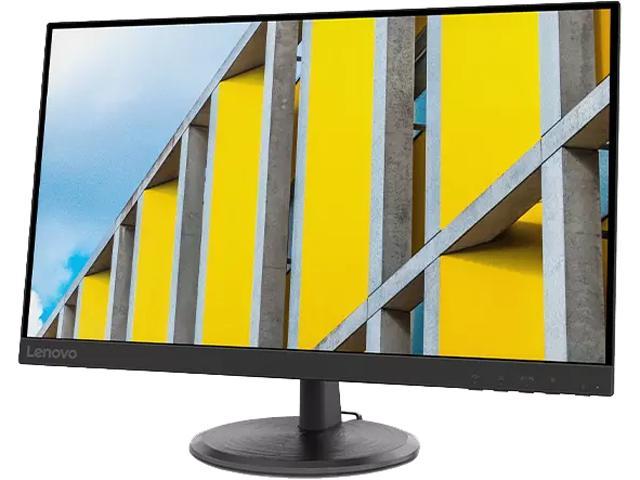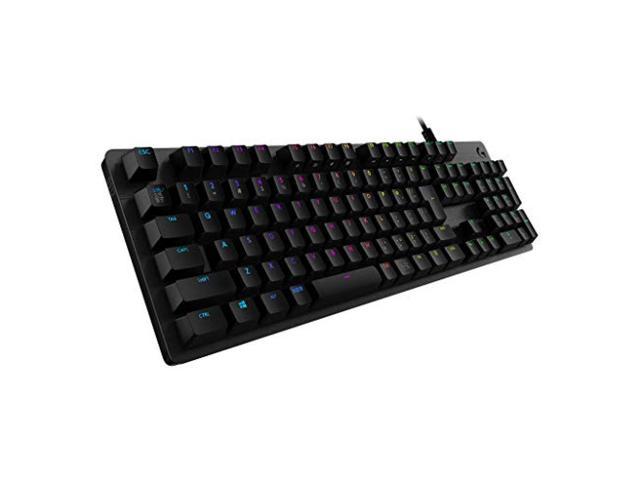"Extreme Photonics & Applications" arises from the 2008 NATO Advanced Study Institute in Laser Control & Monitoring in New Materials, Biomedicine, Environment, Security and Defense. Leading experts in the manipulation of light offered by recent advances in laser physics and nanoscience were invited to give lectures in their fields of expertise and participate in discussions on current research, applications and new directions. The sum of their contributions to this book is a primer for the state of scientific knowledge and the issues within the subject of photonics taken to the extreme frontiers: molding light at the ultra-finest scales, which represents the beginning of the end to limitations in optical science for the benefit of 21st Century technological societies.
Laser light is an exquisite tool for physical and chemical research. Physicists have recently developed pulsed lasers with such short durations that one laser shot takes the time of one molecular vibration or one electron rotation in an atom, which makes it possible to observe their internal electronic structure, thereby enabling the study of physical processes and new chemical reactions.
In parallel, advances in micro- and nano-structured photonic materials allow the precise manipulation of light on its natural scale of a wavelength. Photonic crystals, plasmons and related metamaterials - composed of subwavelength nanostructures - permit the manipulation of their dispersive properties and have allowed the experimental confirmation of bizarre new effects such as slow light and negative refraction.
These advances open a vista on a new era in which it is possible to build lasers and engineer materials to control and use photons as precisely as it is already possible to do with electrons.
http://www.photonics.uottawa.ca/nato-asi-2008/















